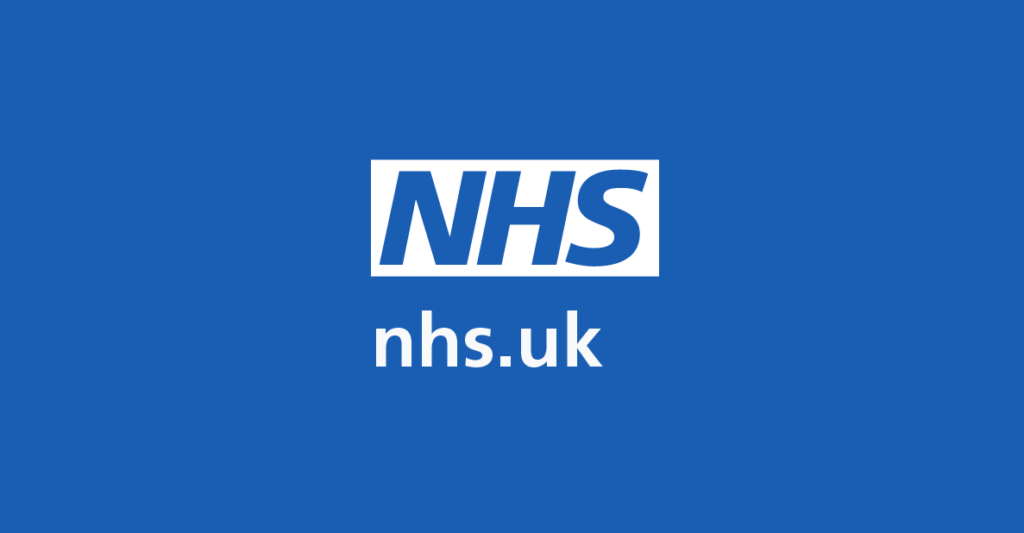Latest emergency care data for England shows “the situation is dire”

Responding to emergency care performance data for November 2021 in England, President of the Royal College of Emergency Medicine, Dr Katherine Henderson said: “Every part of the patient journey through emergency care is broken. In a different time, this would be a scandal.”
The data show:
a record number of 12-hour stays, with nearly one in four admissions experiencing a 12-hour stay in the Emergency Department.
joint record low four-hour performance (61.9%) despite fewer attendances. This is 15 percentage points lower than November 2020.
the second highest ever number of ‘trolley waits’.
Dr Henderson said: “This data is pre-Omicron but it reinforces the precarious position the NHS is in. Even without factoring in the new variant, Plan B is very welcome, but we need to see a long-term Plan B for the whole emergency care system as this cannot go on.”
The first Urgent and Emergency Care Situation Report for 2021/22, for the week commencing 29 November, also showed that:
94% of beds in Type 1 acute trusts were occupied (85% is the recommended safe level)
There were 25 instances of hospitals diverting patients to other hospitals
One in 10 ambulances waiting longer than an hour to transfer patients
On average over the week, 10,500 beds were occupied by patients fit to be discharged each day.
Dr Henderson said: “With one in 10 beds occupied by patients who are ready to leave, the need for better availability of social care has never been more apparent.
“We also need to see the reinstatement of beds, along with a long-term plan to grow the staff to go with them. These crucial actions – while challenging – are long overdue and the situation is dire.
“As such we need to look at how we do things differently to make whatever improvements we can to enable better, safer patient care.
“As ever Trusts must do all they can to boost capacity, and system wide we need to see the implementation of metrics that will improve patient flow. We are struggling to make a 95% target on 12 hour waits, let alone four-hours, so now is the time for us to implement metrics that unlock the entire patient journey, rather than just one part of it.
“Over time this will enable better collaboration and flow, but importantly, it will also show the true scale of the problems – November saw as many 12-hour waits (from decision to admit) as there were in the eight years that followed the start of their collection. This is the tip of the iceberg as we know the figure measured from time of arrival is vastly higher.
“You cannot fully tackle a problem until you know the scale of it; the clinical review of standards will help us to do that and help us provide better care to patients.”





